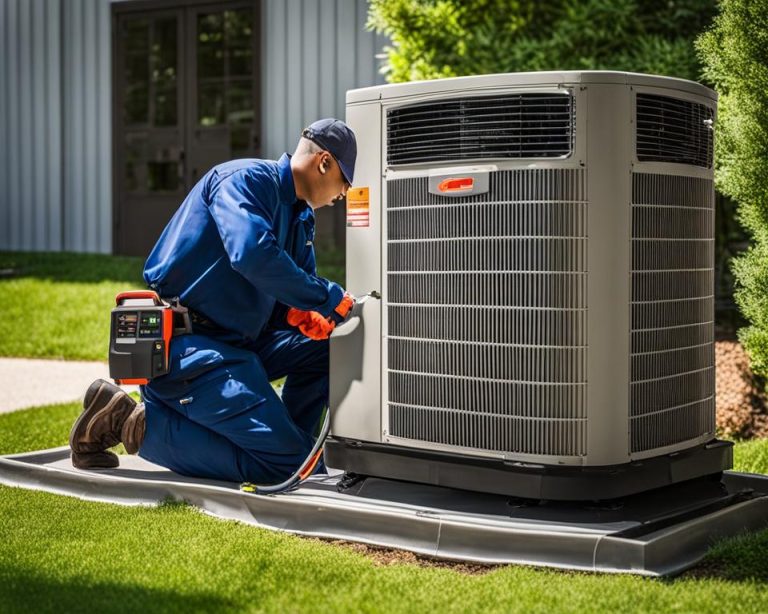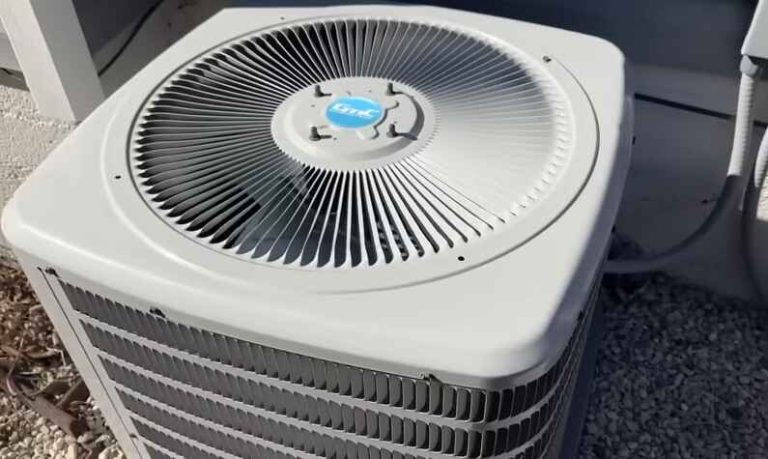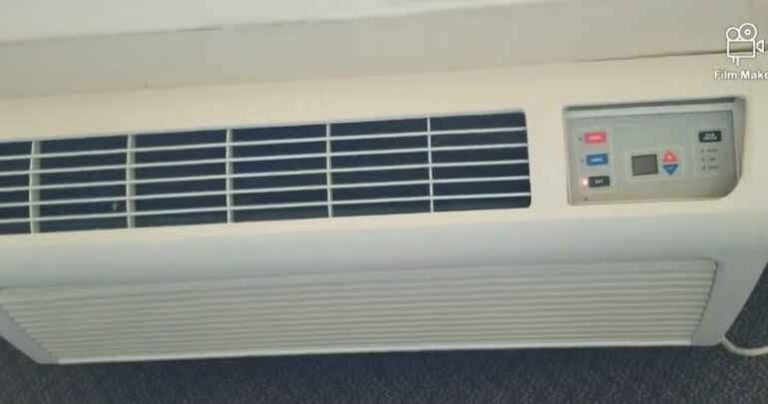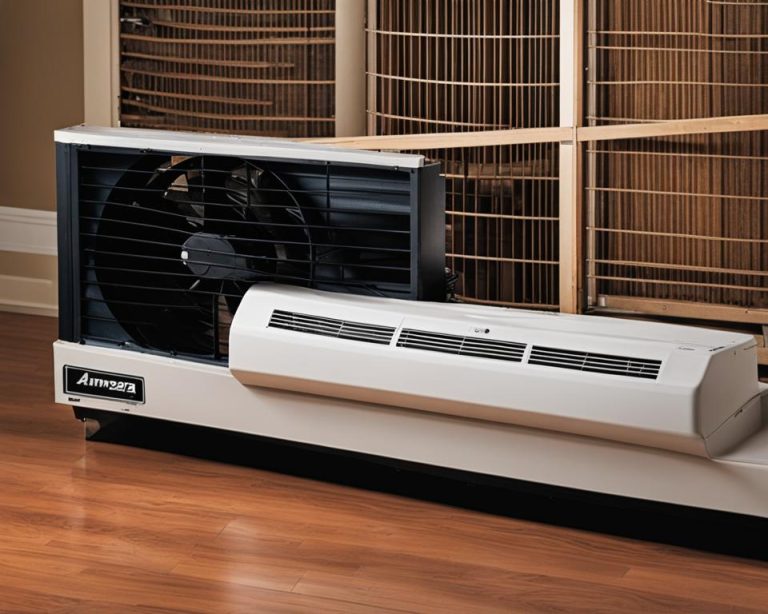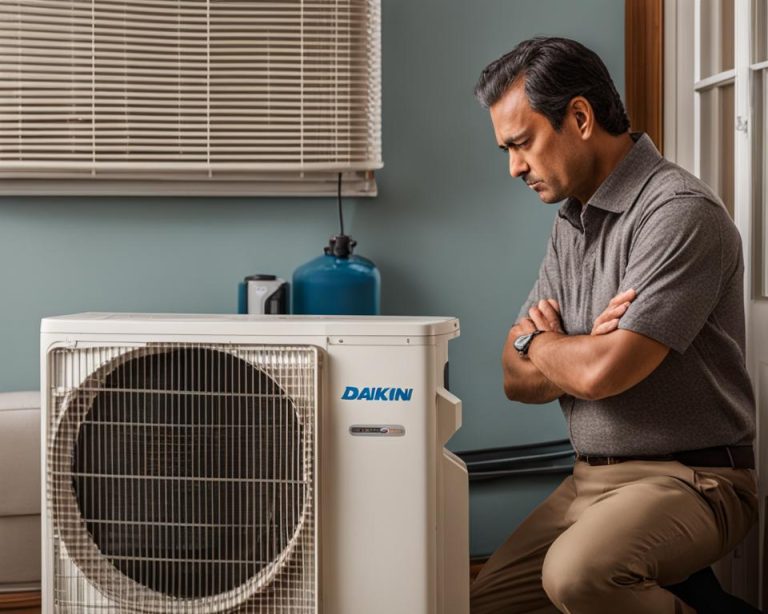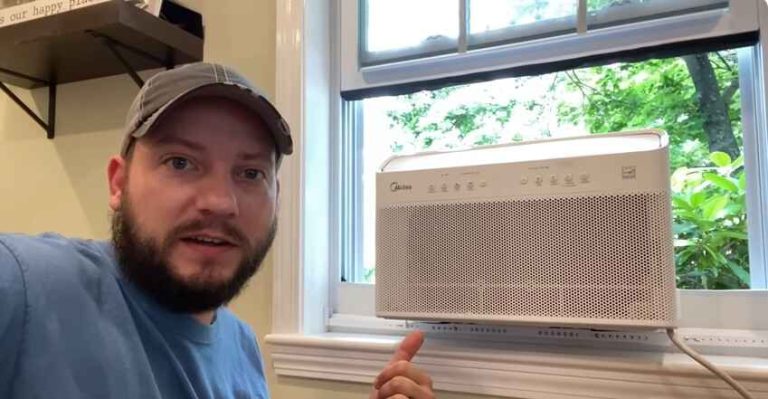To fix the AC Not Reaching Set Temperature, check air filters, ensure vents are open, and clean coils. If the problem persists, call the technician for refrigerant levels and thermostat calibration.
Struggling with your AC Not Reaching the Set Temperature? It’s a common frustration, especially during scorching summers. Fortunately, understanding the reasons behind this issue can save you from sweating it out. From improper thermostat settings to clogged filters, several culprits could be hindering your AC’s performance. In this guide, we’ll navigate through these common problems and offer simple solutions to help you reclaim your desired indoor climate comfort. Let’s troubleshoot and get your AC back on track!
AC Not Reaching Set Temperature: Exploring the Potential Causes
If your air conditioning unit is not reaching the set temperature, it can be a frustrating and uncomfortable situation, especially during the hot summer months. This issue, commonly referred to as “AC Not Reaching Set Temperature,” can arise due to various factors, ranging from simple maintenance needs to more complex mechanical problems. In this article, we will explore ten potential causes for an AC not reaching the desired temperature and provide detailed explanations for each.
1. Dirty Air Filters
One of the most common reasons for an AC not reaching the set temperature is dirty or clogged air filters. Air filters play a crucial role in ensuring proper airflow within the system, and when they become excessively dirty, they can restrict the flow of air. This restriction makes it harder for the AC to circulate cool air throughout your home, resulting in inefficient cooling and the inability to reach the desired temperature.
2. Refrigerant Leaks
Refrigerant is a vital component in the air conditioning process, as it absorbs heat from the air inside your home and transfers it outside. If there is a refrigerant leak in the system, it can lead to a significant decrease in cooling capacity, causing the AC not to reach the set temperature. Refrigerant leaks can occur due to various reasons, such as wear and tear, accidental damage, or improper installation.
3. Ductwork Issues
The ductwork serves as the pathway for cool air to travel from the AC unit to the various rooms in your home. If there are leaks or blockages in the ductwork, it can result in cool air escaping or being obstructed from reaching its intended destination. Ductwork issues can arise from poor installation, damage, or lack of maintenance, ultimately contributing to the AC not reaching the set temperature.
4. Undersized AC Unit
If the AC unit is not properly sized for the square footage of your home, it may struggle to cool the entire space effectively. An undersized unit will have to work harder and longer to achieve the desired temperature, often resulting in the inability to reach the set temperature, increased energy consumption, and potential premature wear and tear on the system.
5. Thermostat Malfunctions
The thermostat is the brain of your air conditioning system, responsible for regulating the temperature and controlling the operation of the unit. If the thermostat is malfunctioning or improperly calibrated, it can provide inaccurate readings or send incorrect signals to the AC unit, leading to the inability to reach the set temperature.
6. Poor Insulation
Proper insulation plays a crucial role in maintaining the desired temperature inside your home. If your home lacks adequate insulation in the walls, attic, or around the ductwork, it can lead to excessive heat gain, making it harder for the AC to cool the space effectively. Poor insulation can cause the AC to work overtime, resulting in higher energy bills and the inability to reach the set temperature.
7. Mechanical Issues
Various mechanical problems within the AC unit itself can contribute to the inability to reach the set temperature. These issues can include a faulty compressor, worn-out fan motors, or other component failures. Mechanical issues often require professional diagnosis and repair to restore the proper functioning of the AC unit.
8. Improper Installation
If the AC unit is not installed correctly from the beginning, it can lead to a range of problems, including the inability to reach the set temperature. Improper installation can result in issues such as incorrect ductwork sizing, improper refrigerant charging, or incorrect unit placement, all of which can impact the AC’s cooling performance.
9. Outdoor Unit Obstructions
The outdoor unit of the AC system plays a crucial role in releasing the absorbed heat from the refrigerant. If the outdoor unit is obstructed by vegetation, debris, or other objects, it can restrict airflow and reduce the unit’s ability to dissipate heat effectively. This obstruction can lead to the AC not reaching the set temperature and potentially cause damage to the system over time.
10. Age and Wear (AC Not Reaching Set Temperature)
Like any other mechanical system, air conditioning units are subject to age and wear over time. As the components of the AC unit age, their efficiency and performance can degrade, leading to the inability to reach the set temperature. Regular maintenance and timely replacement of aging parts can help extend the lifespan of the AC unit and maintain its cooling capabilities.
Addressing the issue of an AC not reaching the set temperature requires a thorough inspection and diagnosis by a qualified HVAC professional. They will be able to identify the specific cause or causes contributing to the problem and recommend the appropriate course of action, whether it involves cleaning, repair, or replacement of components.
It’s important to address this issue promptly, as a properly functioning air conditioning system not only ensures comfort but also helps maintain indoor air quality and energy efficiency. By understanding the potential causes and taking timely action, you can ensure that your AC unit operates at its optimal level, providing the desired cooling and comfort throughout the hottest months of the year.
AC Not Reaching Set Temperature: A Comprehensive Troubleshooting Guide
When your air conditioning unit fails to reach the desired temperature, it can be a frustrating and uncomfortable experience, especially during the sweltering summer months. This issue, commonly referred to as “AC Not Reaching Set Temperature,” can be caused by various factors, ranging from simple maintenance needs to complex mechanical problems. To address this challenge effectively, it’s essential to follow a systematic troubleshooting approach. In this article, we will provide a comprehensive guide with ten troubleshooting steps to help you identify and resolve the root cause of your AC not reaching the set temperature.
1. Check and Replace Air Filters
The first step in troubleshooting an AC not reaching the set temperature is to inspect and replace the air filters. Clogged or dirty filters can significantly restrict airflow, making it harder for the AC unit to circulate cool air throughout your home. Regularly replacing or cleaning the air filters can improve the system’s efficiency and ensure proper airflow.
2. Inspect for Refrigerant Leaks
Refrigerant is a vital component in the air conditioning process, and a leak can severely impact the unit’s cooling capacity. Check for any signs of refrigerant leaks, such as ice buildup on the refrigerant lines or a hissing sound. If a leak is detected, it’s crucial to have it repaired by a professional HVAC technician, as they have the necessary tools and expertise to safely handle refrigerants.
3. Check and Seal Ductwork
Leaks or blockages in the ductwork can prevent cool air from reaching the intended rooms, leading to an AC not reaching the set temperature. Inspect the ductwork for any visible gaps, holes, or disconnections, and seal them using appropriate duct sealant or metal tape. Additionally, ensure that the ductwork is free from obstructions or debris that could impede airflow.
4. Evaluate Unit Size
If the AC unit is undersized for the square footage of your home, it may struggle to cool the entire space effectively, resulting in the inability to reach the set temperature. Consult with an HVAC professional to determine if your unit is appropriately sized for your home’s cooling needs, and if necessary, consider upgrading to a larger unit.
5. Calibrate the Thermostat
A malfunctioning or improperly calibrated thermostat can provide inaccurate readings or send incorrect signals to the AC unit, leading to the inability to reach the set temperature. Follow the manufacturer’s instructions to calibrate the thermostat properly or consider replacing it if it’s outdated or faulty.
6. Inspect Insulation
Poor insulation can lead to excessive heat gain, making it harder for the AC to cool your home effectively. Check the insulation levels in your walls, attic, and around the ductwork. If the insulation is inadequate or damaged, consider upgrading or replacing it to improve the AC’s cooling performance.
7. Perform Mechanical Inspection
Various mechanical issues within the AC unit itself can contribute to the inability to reach the set temperature. Conduct a thorough inspection of the unit’s components, such as the compressor, fan motors, and electrical connections. If any issues are detected, it’s advisable to seek professional assistance for repairs or replacements.
8. Verify Proper Installation
If the AC unit was not installed correctly, it can lead to a range of problems, including the inability to reach the set temperature. Consult with an HVAC professional to ensure that the unit was installed properly, considering factors such as ductwork sizing, refrigerant charging, and unit placement.
9. Clear Outdoor Unit Obstructions
The outdoor unit of the AC system plays a crucial role in releasing the absorbed heat from the refrigerant. Ensure that the area around the outdoor unit is clear of any vegetation, debris, or other objects that could obstruct airflow and reduce the unit’s ability to dissipate heat effectively.
10. Consider Unit Age and Replacement
As AC units age, their efficiency and performance can degrade, leading to the inability to reach the set temperature. If your unit is older and has been well-maintained but still struggles to cool your home, it may be time to consider replacing it with a newer, more energy-efficient model.
Troubleshooting an AC not reaching the set temperature requires a systematic approach and attention to detail. By following these ten steps, you can identify and address the underlying causes, whether it involves simple maintenance tasks or more complex repairs. However, if the issue persists or you encounter problems beyond your expertise, it’s always advisable to seek professional assistance from a qualified HVAC technician.
Addressing the issue of an AC not reaching the set temperature not only ensures comfort but also helps maintain indoor air quality and energy efficiency. By taking timely action and following these troubleshooting steps, you can ensure that your AC unit operates at its optimal level, providing the desired cooling and comfort throughout the hottest months of the year.
Conclusion
In conclusion, troubleshooting why your AC is not reaching the set temperature is crucial for maintaining indoor comfort and energy efficiency. By identifying potential causes such as dirty filters, improper thermostat settings, or refrigerant leaks, you can take proactive steps to address the issue. Regular maintenance, including cleaning or replacing filters, checking thermostat settings, and scheduling professional inspections, can help prevent future temperature discrepancies. Remember, addressing the root cause promptly not only ensures a comfortable living environment but also extends the lifespan of your AC system. Don’t let the frustration of an AC not reaching set temperature linger—take action to optimize your cooling system for peak performance and comfort.

